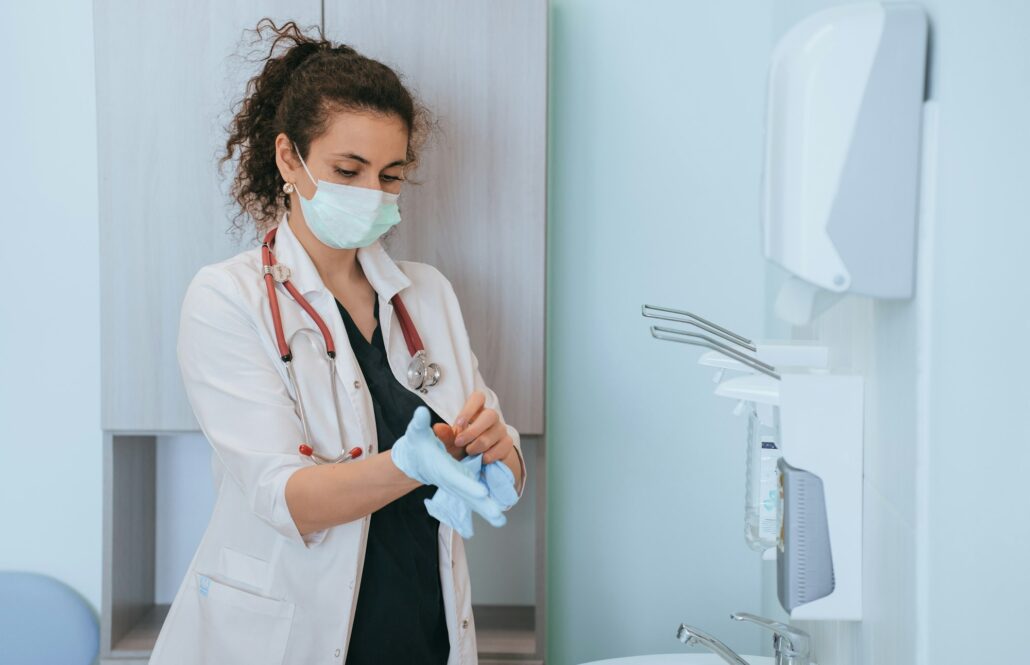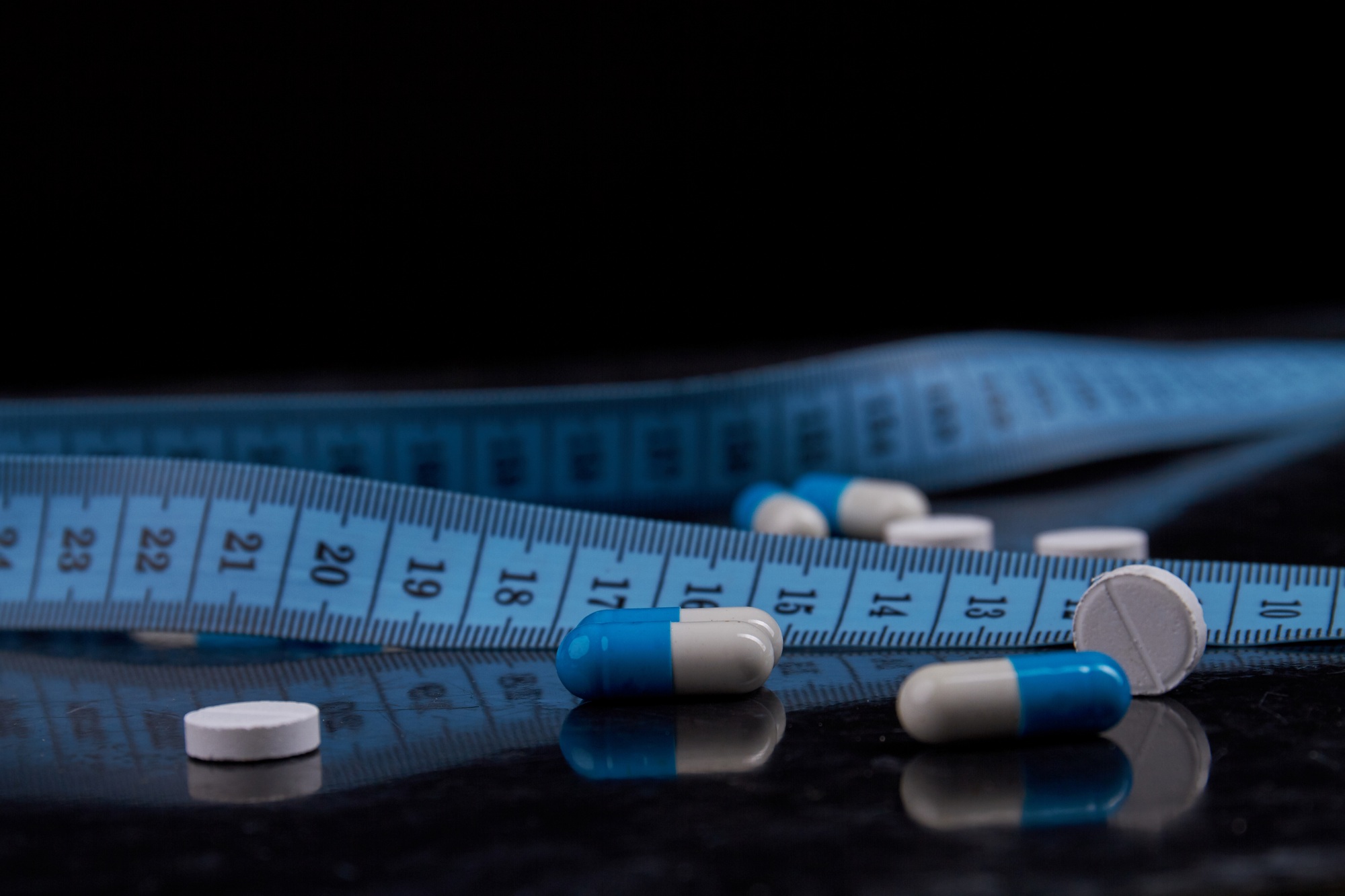Keeping your exam rooms and waiting areas spick and span is more than just about looking neat—it’s key for a healthy and welcoming environment for both patients and staff. A clean space helps stop the spread of germs and leaves everyone who enters with a great impression. Here are some top cleaning tips to keep everything spotless and safe. If you employ a cleaning service, this can also serve as a checklist for their duties.

Daily Cleaning Routine
Getting into the habit of a daily cleaning routine ensures your practice always looks its best. Let’s start with the waiting room:
Surface Wipe-Down
Give all surfaces a good wipe down with disinfectant, including countertops, tables, chairs, and door handles. This will help zap any germs that pop up throughout the day.
Floor Care
Sweep and mop those floors daily. If you have carpets, make sure you vacuum them. Pay special attention to the corners and under furniture where dust likes to hide.
Trash Management
Empty trash bins regularly to avoid any overflow or bad smells. Use liners and give the bins a clean now and then to stop bacteria from growing.
Magazines and Toys
Make sure to regularly clean or swap out magazines and toys in the waiting area. These items can harbor germs since they’re touched by many people.
Exam Room Essentials
Because of the nature of activities in exam rooms, they need extra care. Here’s where to focus:
Sanitize Surfaces
After each patient visit, disinfect all surfaces that have come into contact with patients, like exam tables, counters, and any medical equipment used. Make sure to use EPA-approved disinfectants to effectively tackle pathogens.
Hand Hygiene
Provide hand sanitizers in each exam room and encourage both staff and patients to use them. Always have soap and paper towels stocked at sinks.
Medical Equipment
Regularly clean and disinfect medical equipment according to the manufacturer’s guidelines. Items like stethoscopes, blood pressure cuffs, and otoscopes can spread germs if not sanitized properly.
Change Linens
Swap out exam table paper or linens after every patient. Keep a stash of clean linens ready for a quick transition between appointments.
Weekly Deep Cleaning
While daily cleaning is key, a weekly deep cleaning routine ensures no spot is missed:
Detailed Dusting
Dust all surfaces, including high shelves, vents, and light fixtures. Dust can pile up fast and affect air quality indoors.
Floor Maintenance
Deep clean floors, especially in high-traffic spots. Use a steam cleaner for carpets and a scrubber for hard floors to tackle deep dirt.
Check Supplies
Make sure all cleaning supplies are stocked and that equipment is working well. Replace any worn-out items to keep cleaning efficient.
Infection Control Protocols
Sticking to infection control protocols is super important in healthcare settings:
Use Appropriate Disinfectants
Make sure your cleaning products can handle a wide range of pathogens, including viruses, bacteria, and fungi.
Train Staff
Regularly train your staff on proper cleaning techniques and infection control protocols. Everyone should know how important it is to keep a clean environment and use proper protocol throughout the work day.
Monitor Compliance
Keep an eye on cleaning practices to ensure they meet standards. Provide feedback and adjust as needed to improve routines.
Conclusion
Keeping your exam rooms and waiting areas clean is essential for the health and safety of everyone in your healthcare practice. By applying these cleaning tips, you create a safe and welcoming environment that shows off the high standards of your practice. A clean space not only helps prevent infections but also makes a lasting positive impression on your patients. Keep it clean, safe, and inviting!





